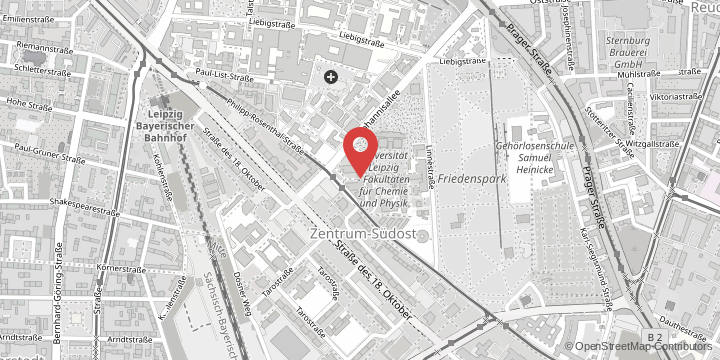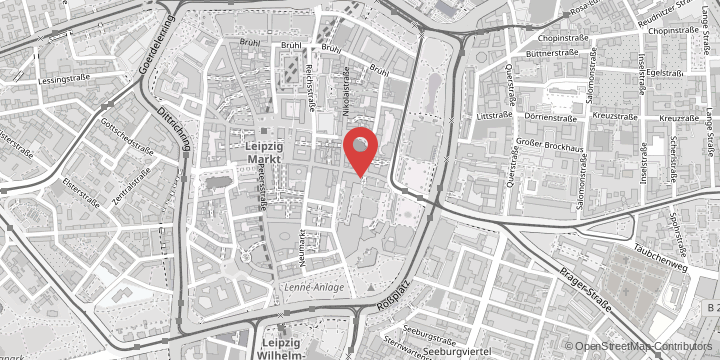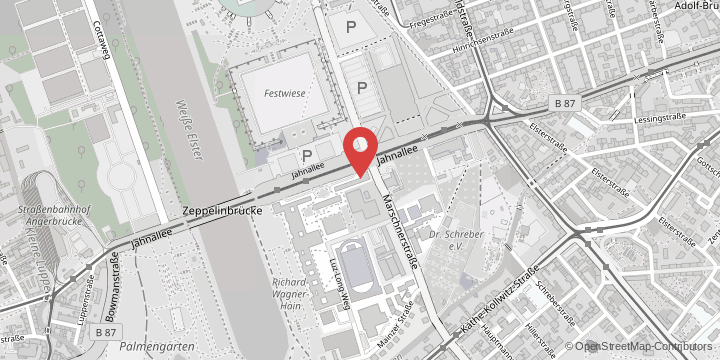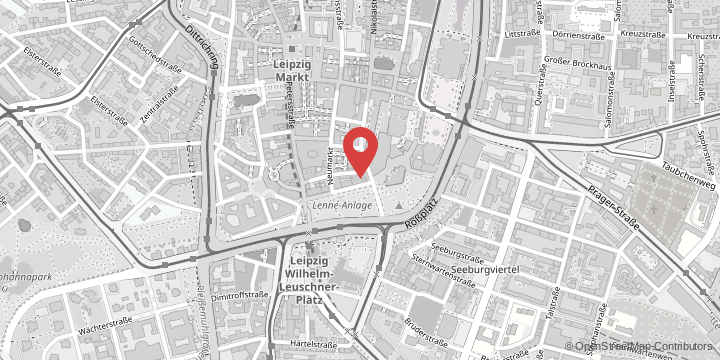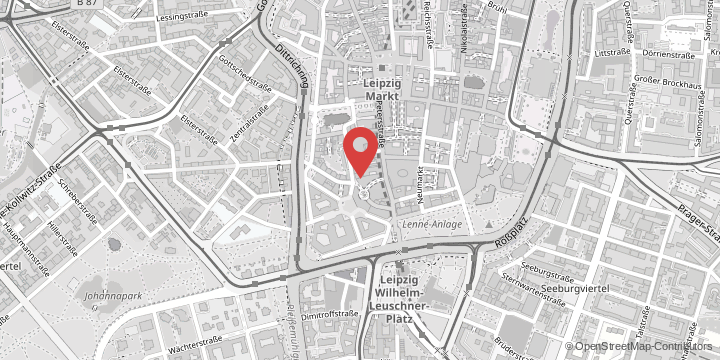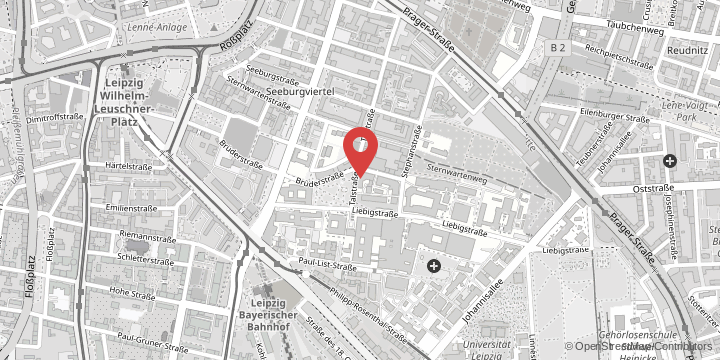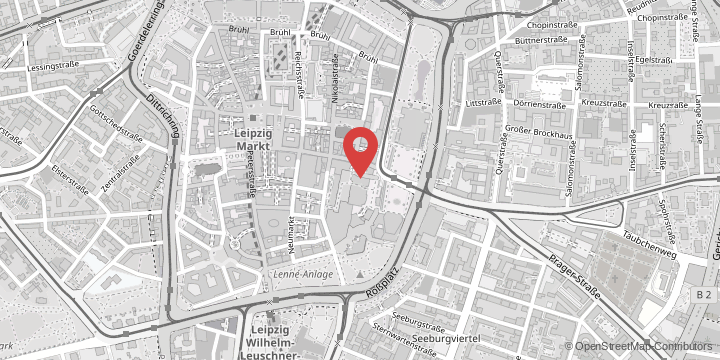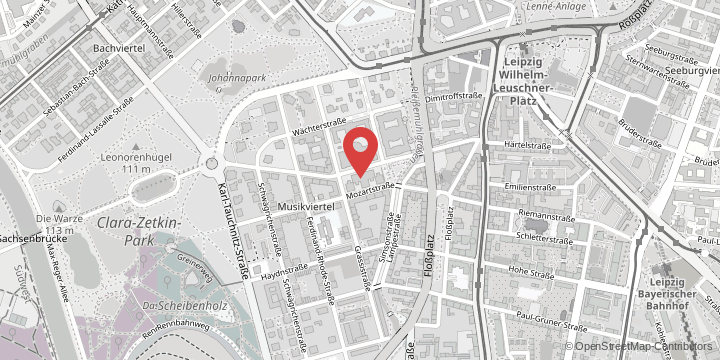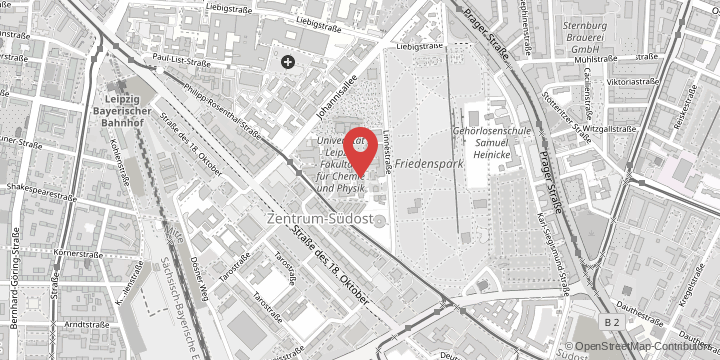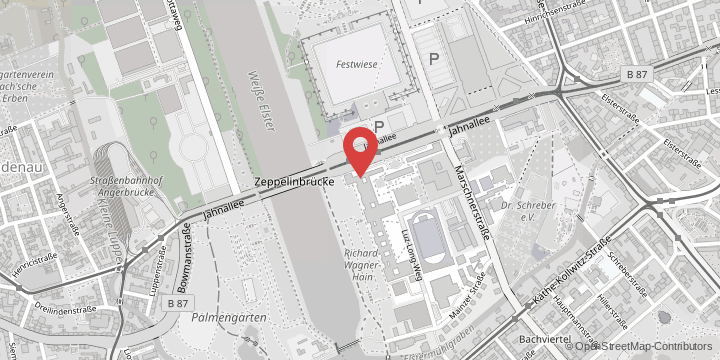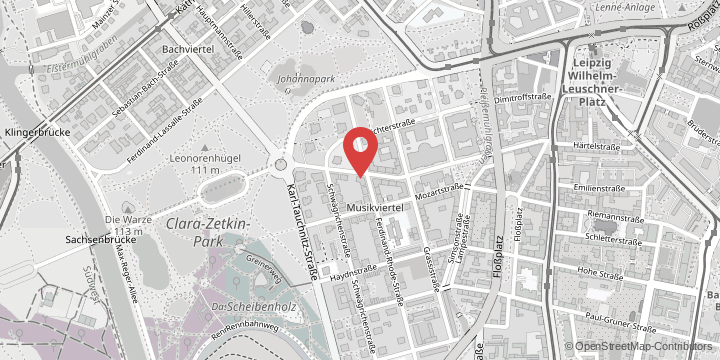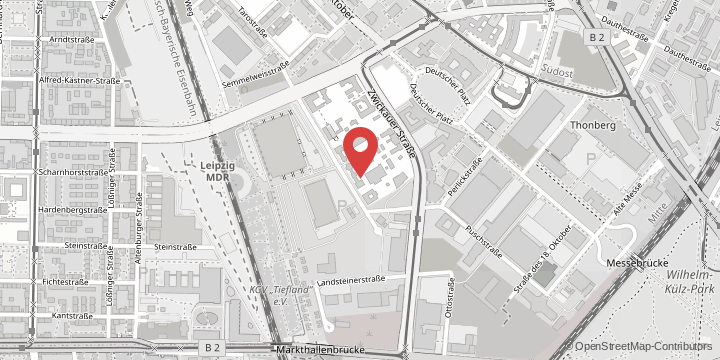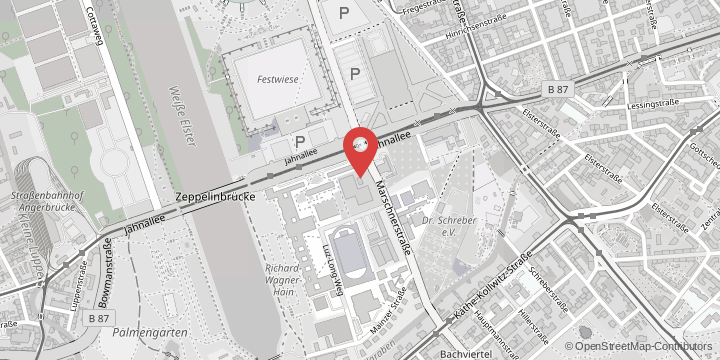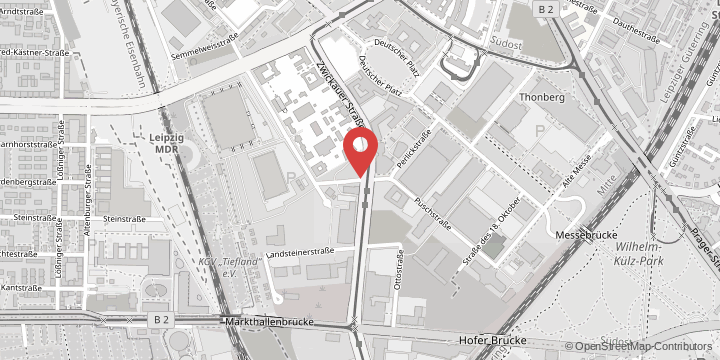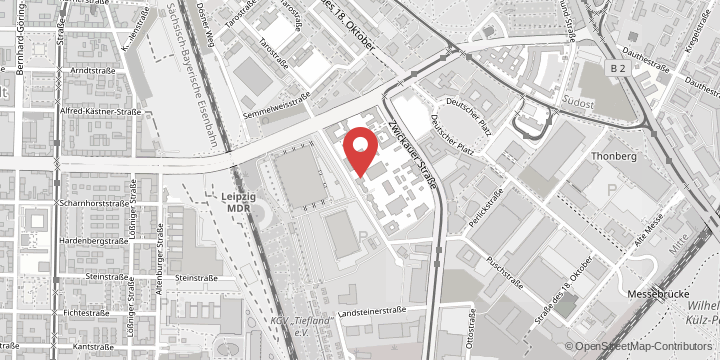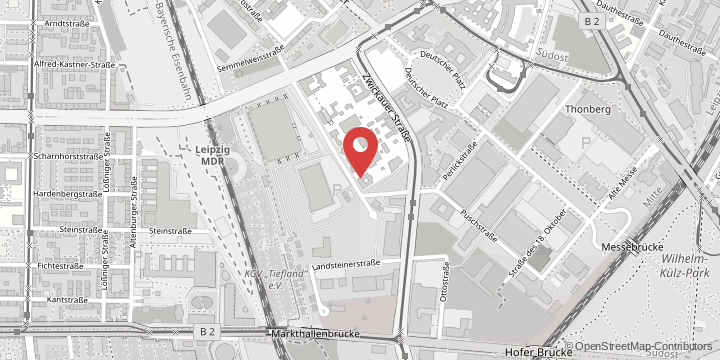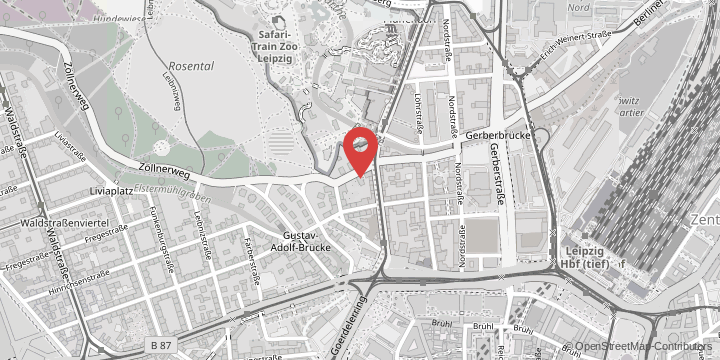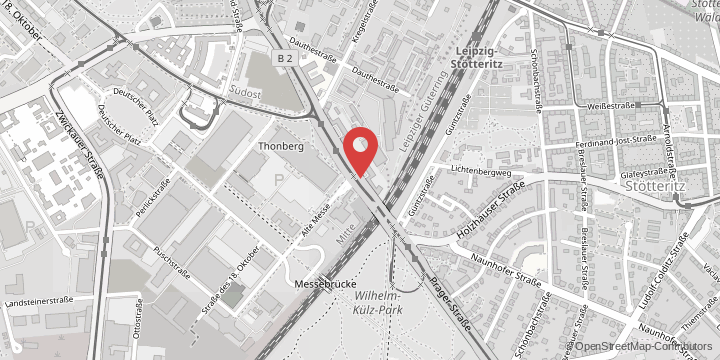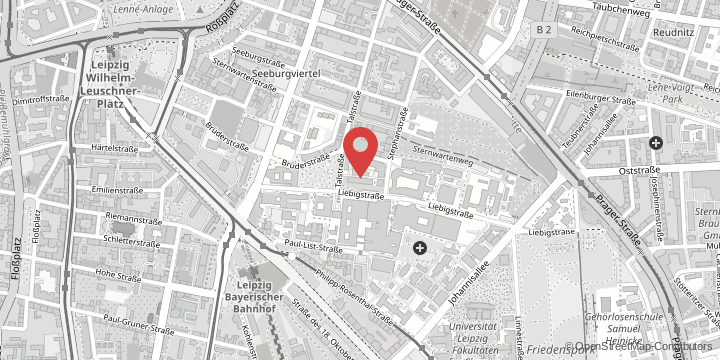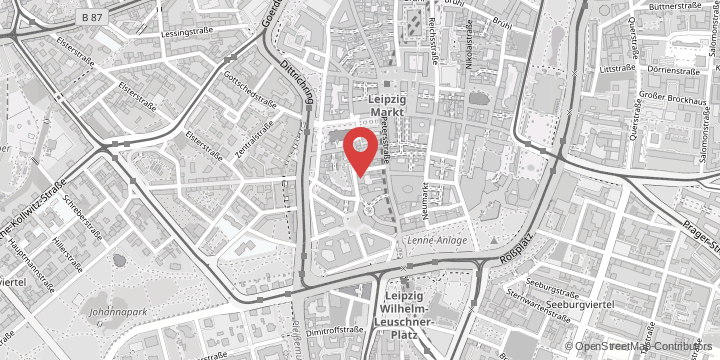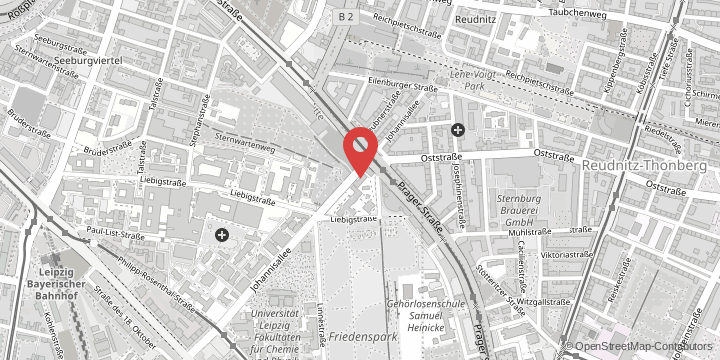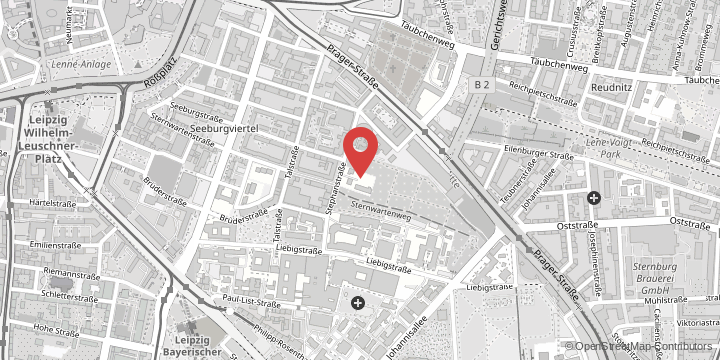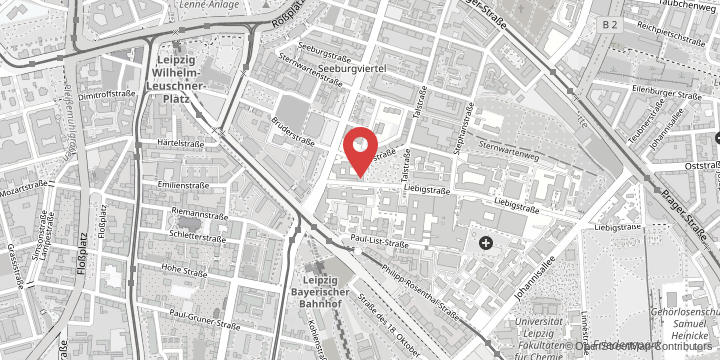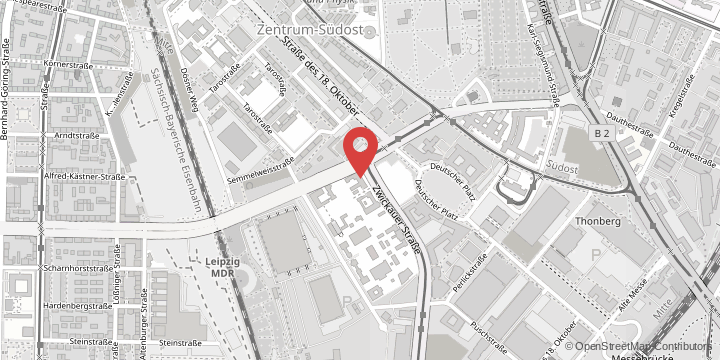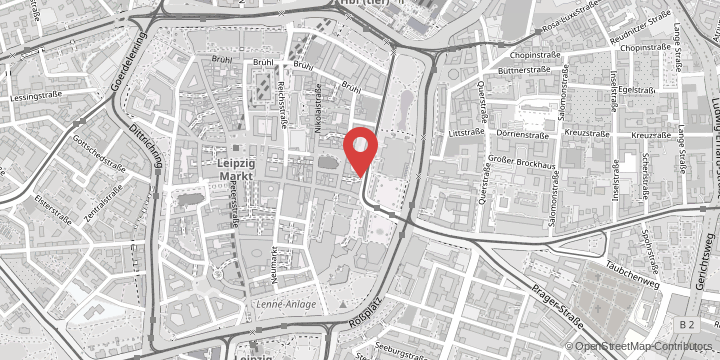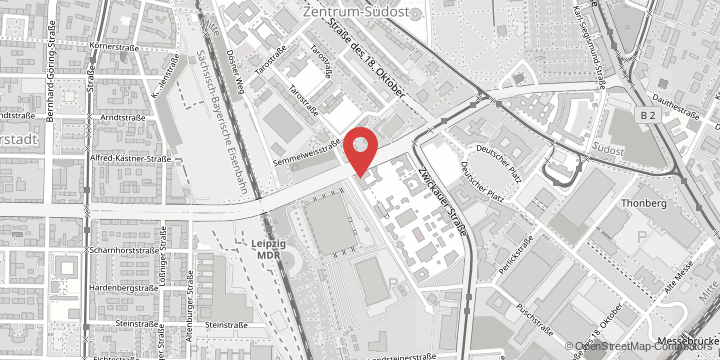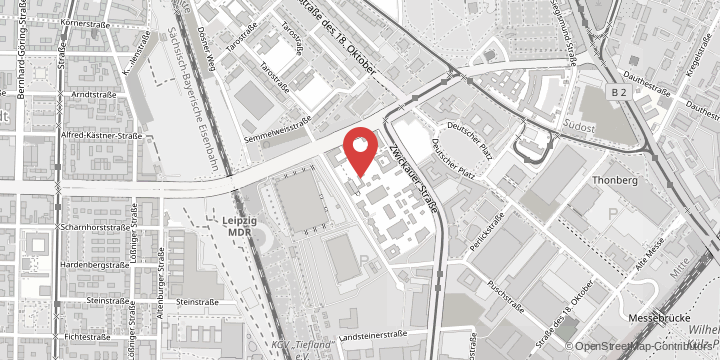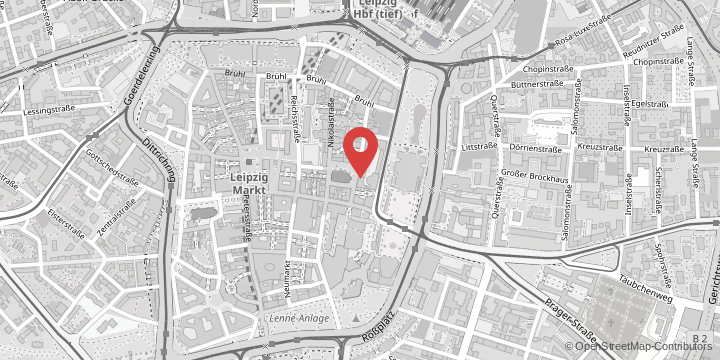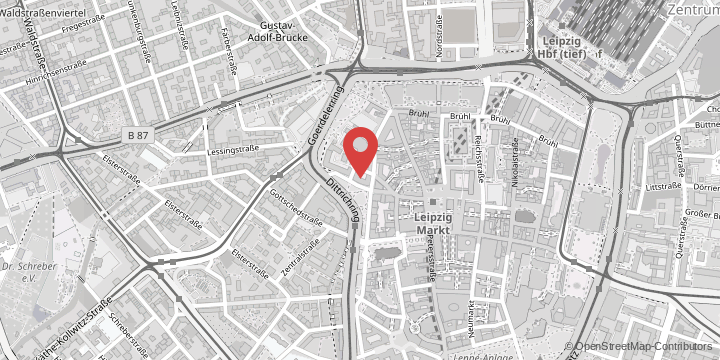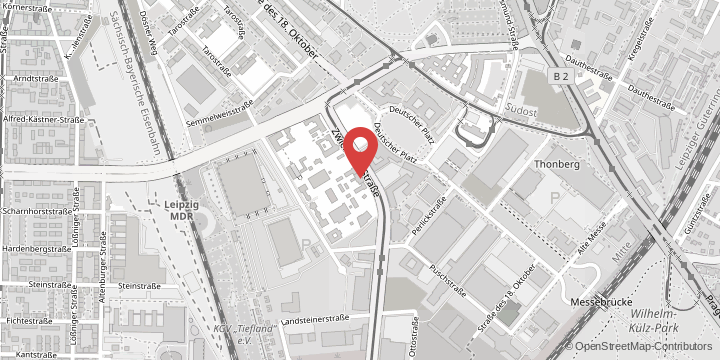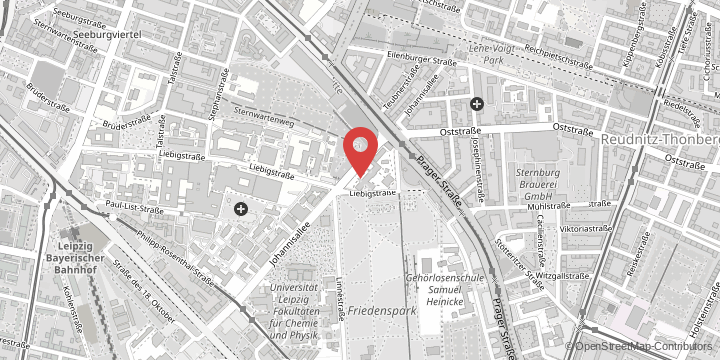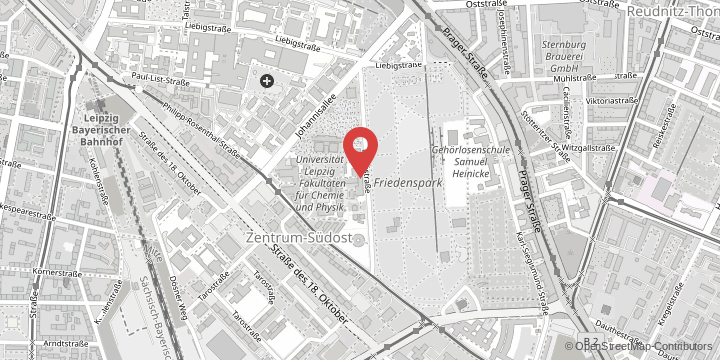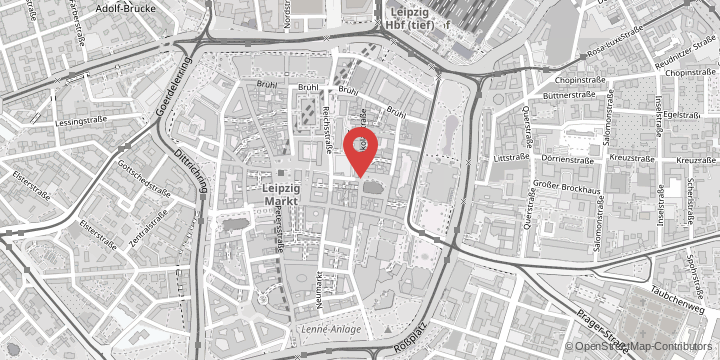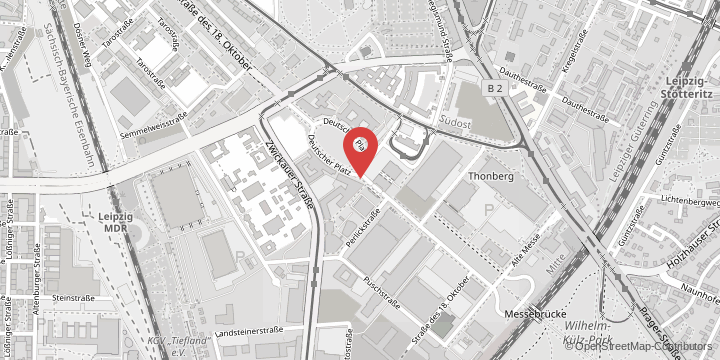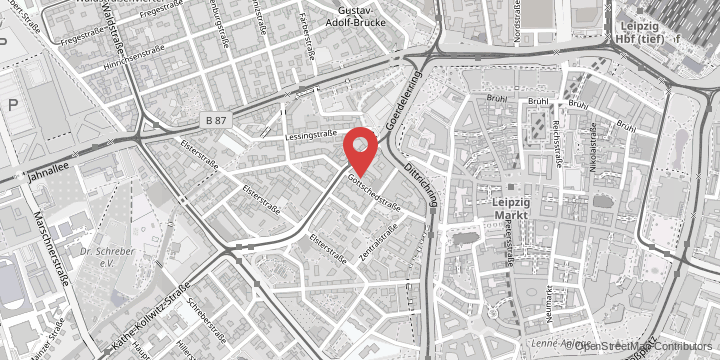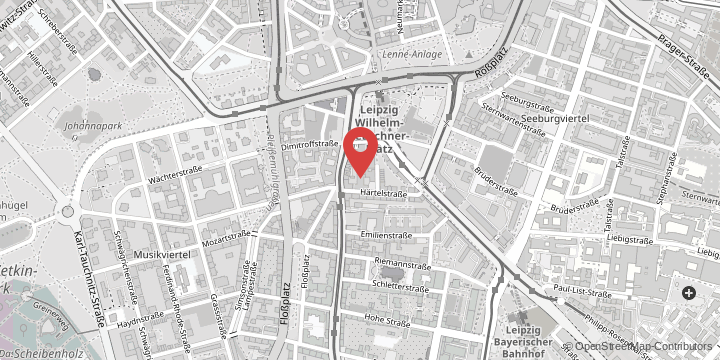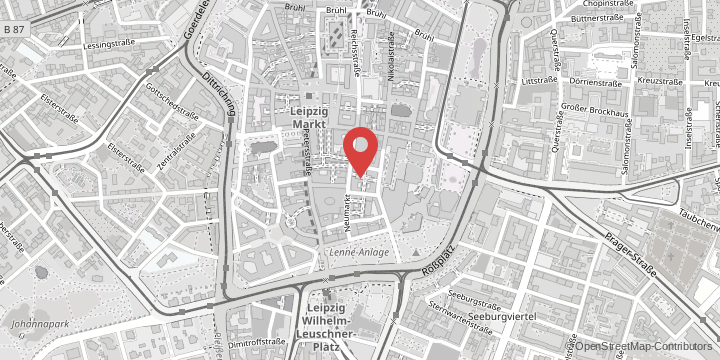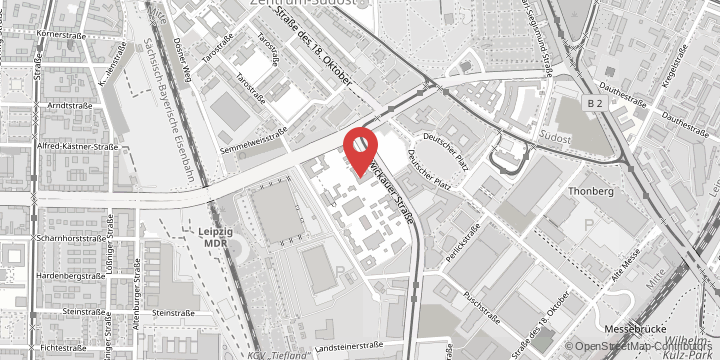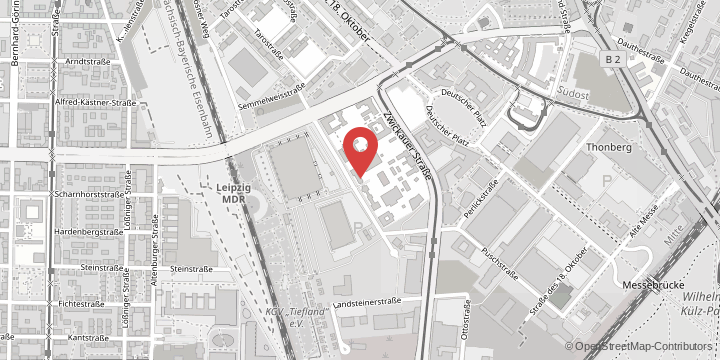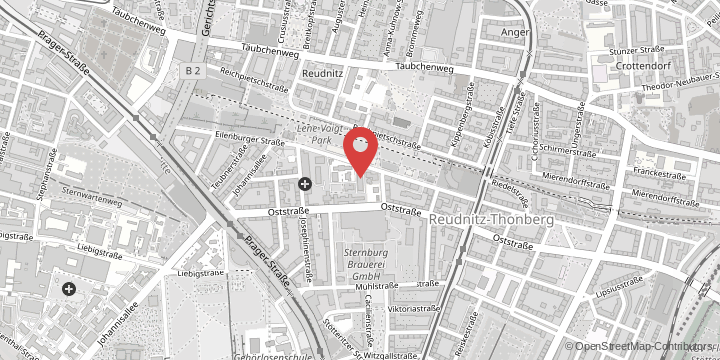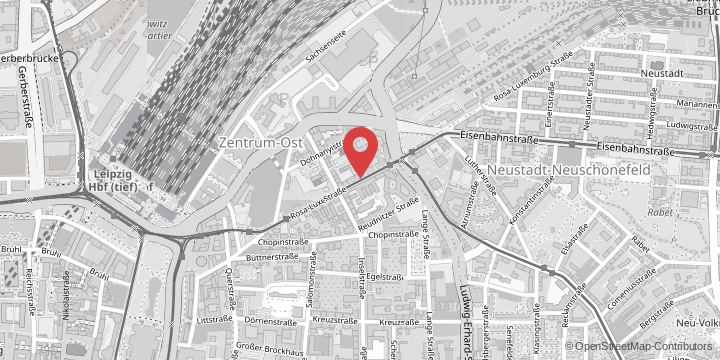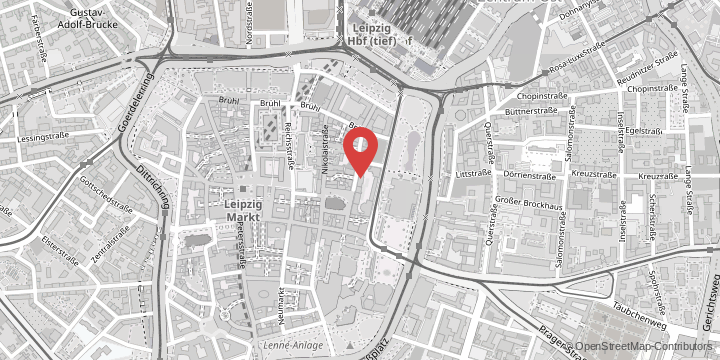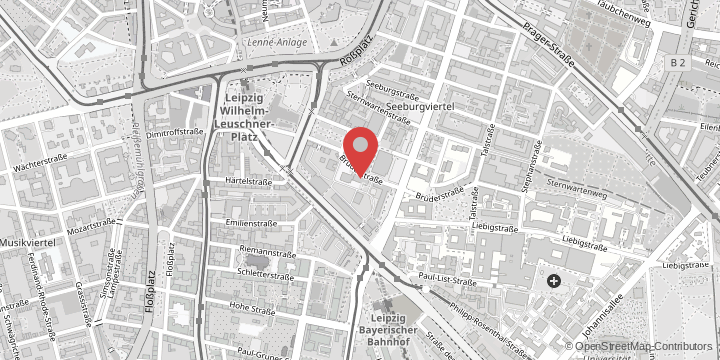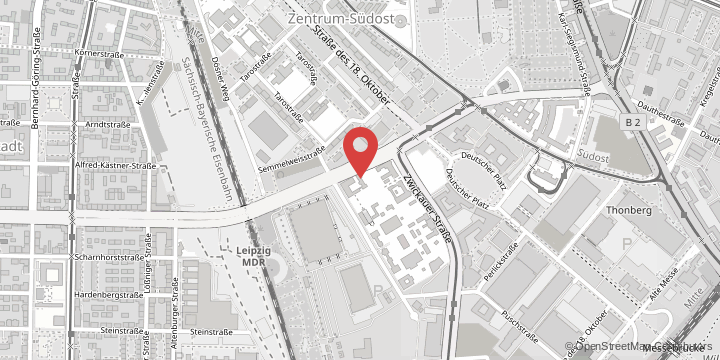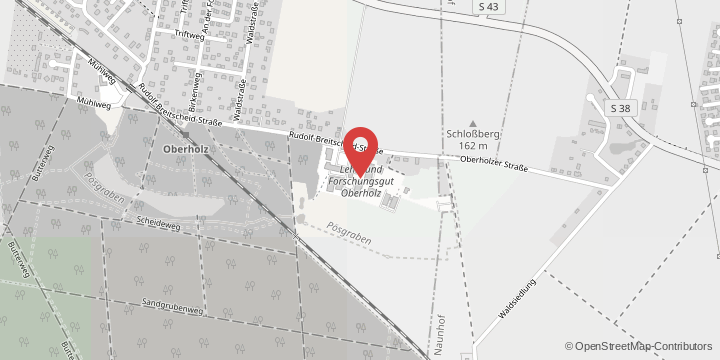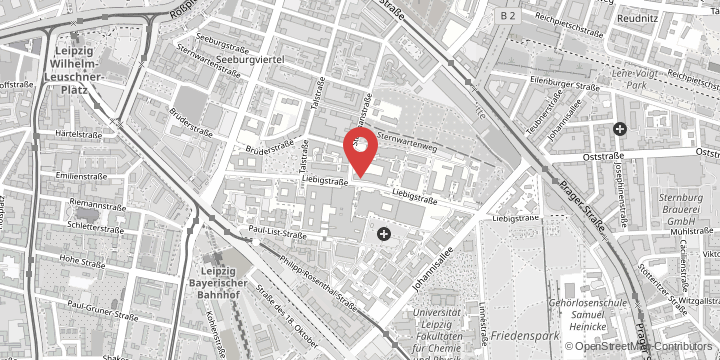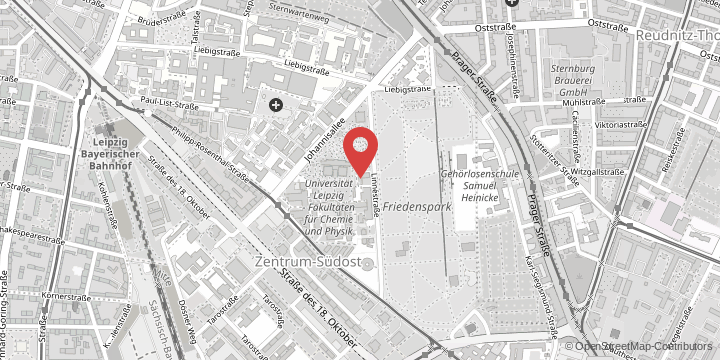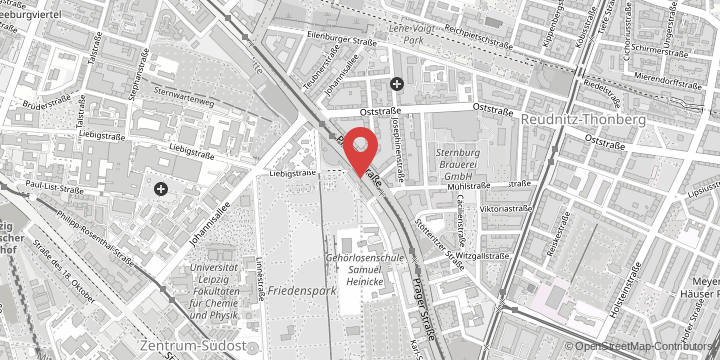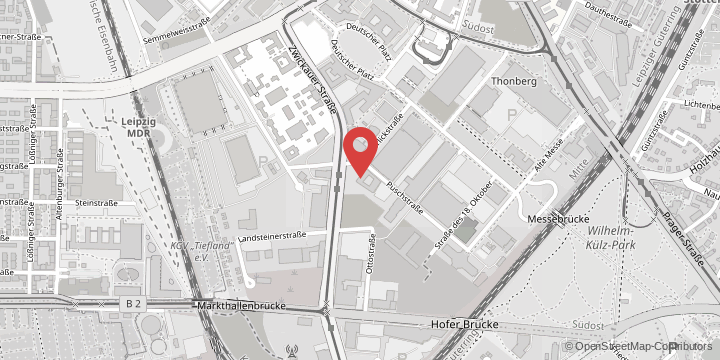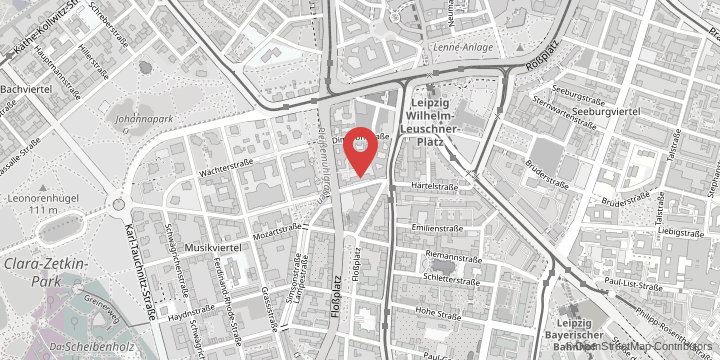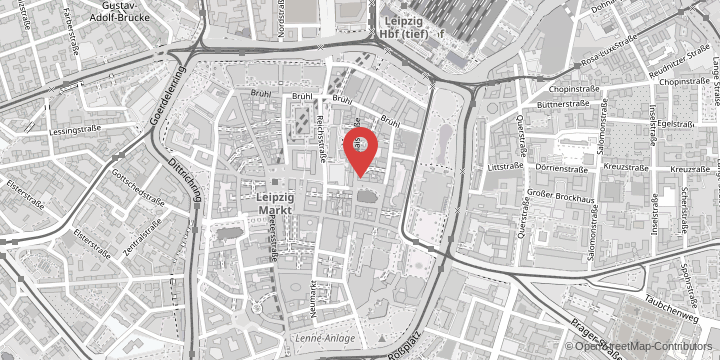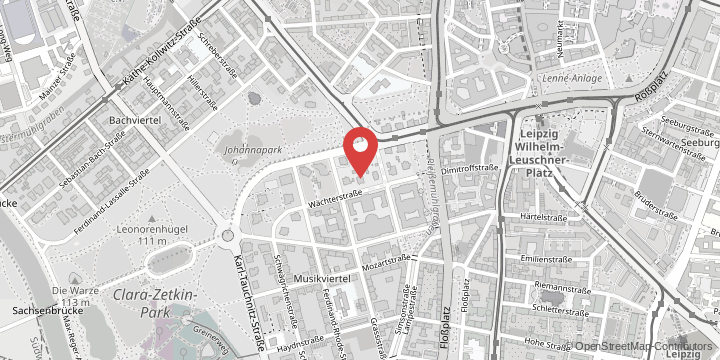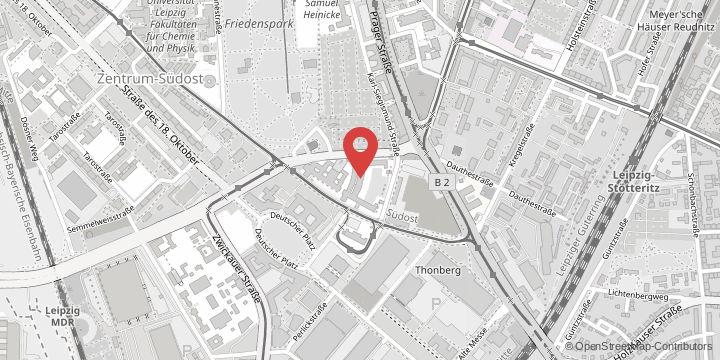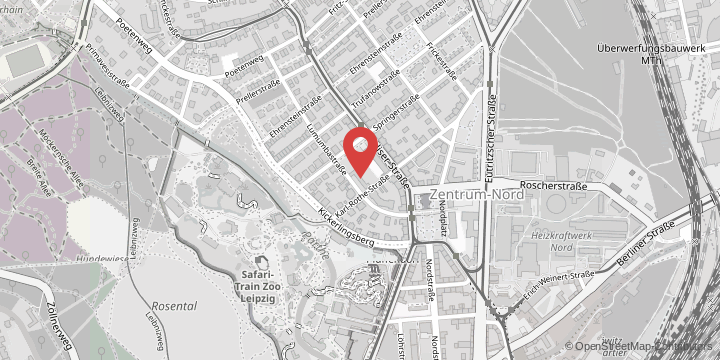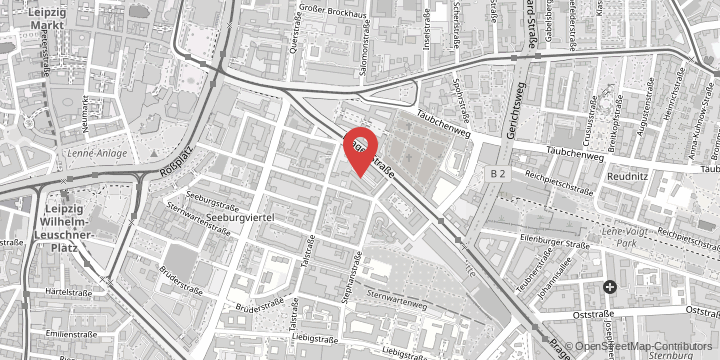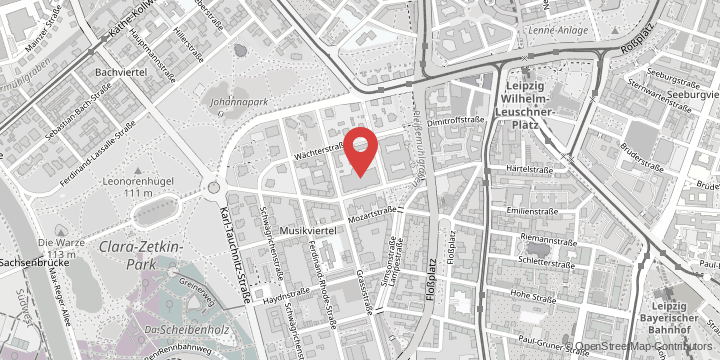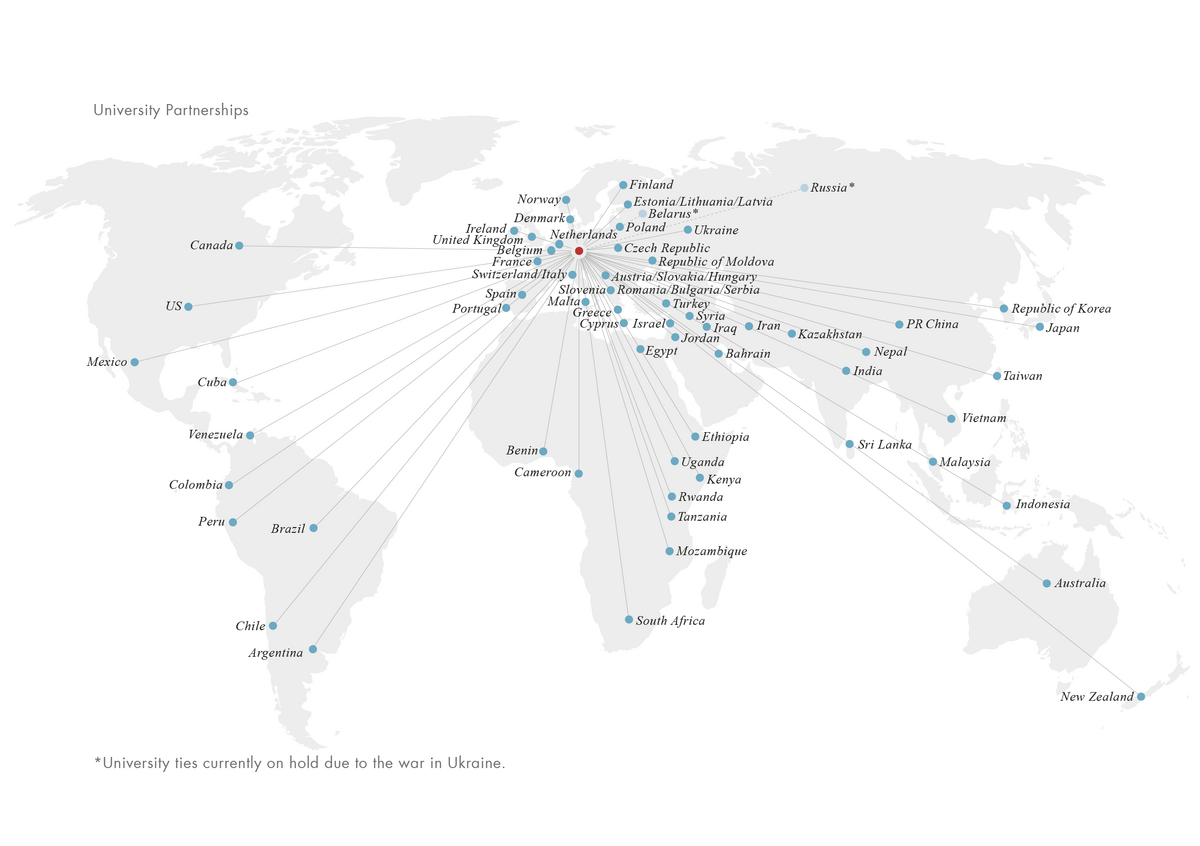How many students does Leipzig University have? What are the top ten countries of origin of our international students? And how much external funding are our researchers attracting? Find out the latest facts and figures about Leipzig University – from teaching and research to financial matters. More detailed information on 2023 can be found in our annual report, which is available in the download area.
Our university at a glance
- Faculty of Theology
- Faculty of Law
- Faculty of History, Art and Area Studies
- Faculty of Philology
- Faculty of Education
- Faculty of Social Sciences and Philosophy
- Faculty of Economics and Management Science
- Faculty of Sport Science
- Faculty of Mathematics and Computer Science
- Faculty of Life Sciences
- Faculty of Physics and Earth System Sciences
- Faculty of Chemistry and Mineralogy
- Faculty of Veterinary Medicine
- Faculty of Medicine
Students by structural unit
| Structural unit | Number of students |
|---|---|
| Faculty of Theology | 382 |
| Faculty of Law | 3,530 |
| Faculty of History, Art and Area Studies | 2,833 |
| Faculty of Philology | 4,111 |
| Faculty of Education | 2,850 |
| Faculty of Social Sciences and Philosophy | 2,648 |
| Faculty of Economics and Management Science | 2,055 |
| Faculty of Sport Science | 1,315 |
| Faculty of Medicine | 3,613 |
| Faculty of Mathematics and Computer Science | 2,214 |
| Faculty of Life Sciences | 1,808 |
| Faculty of Physics and Earth System Sciences | 1,528 |
| Faculty of Chemistry and Mineralogy | 798 |
| Faculty of Veterinary Medicine | 876 |
| Leipzig Institute of German Literature | 100 |
| Studienkolleg Sachsen | 227 |
| Centre for Teacher Training and School Research | 193 |
| Total | 31,081 |

18,918
Female students
60.9 %

6,431
Teaching degree students
20.7 %
Top ten countries of origin of international students
| Country | Number of students |
|---|---|
| China | 283 |
| Russia | 235 |
| Syria | 158 |
| India | 155 |
| Ukraine | 150 |
| Egypt | 126 |
| Vietnam | 126 |
| Italy | 119 |
| Turkey | 114 |
| Spain | 101 |

3,708
international students (11.9 %)

7,052
first-semester students

39,000
applications

4,750
graduates
This includes:
- New students (including those on leave, auditors and Studienkolleg attendees) enrolled in the first semester of their first degree programme on 1 May and 1 November each year
- Graduates on their first degree programme, first subject and second degree programme, first subject
- Applications for the winter semester 2023/24.
Number of programmes by degree type
| Degree | Number of programmes |
|---|---|
| Bachelor of Arts | 37 |
| Bachelor of Science | 15 |
| Master of Arts | 46 |
| Master of Science | 34 |
| State Examination | 10 |
| Diplom | 3 |
| Non-consecutive master’s and advanced studies | 8 |
| Leipzig University overall | 153 |

38
international degree programmes

34
countries where we have university partnerships
Total staff at Leipzig University
In the areas of personnel and diversity, the overall trend is stable compared to previous years. In 2022, Leipzig University had a total of 5,610 employees, which represents a slight increase compared to previous years (5,528 in 2020 and 5,529 in 2021). This trend continued in 2023, with the distribution of staff of staff across different funding categories and faculties varied.
Proportion of budget and externally funded staff
The proportion of budget-financed staff has remained stable over the years. Slight fluctuations in staffing from year to year and between the faculties can be attributed to the fact that data collection is based on cut-off dates. The proportion of externally funded staff has declined slightly overall. While there has been an increase in externally funded staff financed by the federal government, the trend for staff funded by the DFG and the EU has been downward.
Detailed analyses can be found in the Annual Report 2023.
2023 was a financially challenging but successful year for Leipzig University. Despite global economic uncertainties and the aftermath of the coronavirus pandemic, the University implemented strategic initiatives to ensure financial stability and growth.
The 2023 Annual Report provides information on how the University has used its financial resources to achieve its academic and infrastructure goals. This includes investing in research and teaching, upgrading infrastructure and ensuring financial sustainability.
The year 2023 ended with an annual surplus of 8.2 million euros (previous year: 8.5 million euros). Total income for the year amounted to 392.7 million euros (previous year: 374.1 million euros) and total expenses to 384.5 million euros (previous year: 365.4 million euros).
External funding by source
In 2023, Leipzig University once again significantly improved its external funding figures compared to previous years. At €231.2 million, external funding income from the various sources increased by around €8.2 million compared to the previous year, reaching a new record level. In particular, the Faculties of Life Sciences, Physics and Earth System Sciences, Medicine, and Mathematics and Computer Science achieved significantly above-average external funding and increased this over the previous year.
| Sources | External funding income 2023 in kEUR |
|---|---|
| Federal Ministry of Education and Research | 35,660.9 |
| Federal Ministry for Economic Affairs and Climate Action | 5,181.5 |
| Other federal ministries | 7,572.5 |
| Saxon State Ministry for Science, Culture and Tourism | 55,326.5 |
| Saxon State Ministry of Economic Affairs, Labour and Transport | 88.9 |
| Other Saxon ministries | 3,624.6 |
| Ministries of other federal states | 474.0 |
| Deutsche Forschungsgemeinschaft e. V. (DFG) | 66,745.7 |
| International organisations | 31.4 |
| European Union | 11,751.2 |
| Economy | 15,653.1 |
| German Federation of Industrial Research Associations "Otto von Guericke" e. V.(AiF) | 0.0 |
| Foundations | 7,918.9 |
| Externally funded professorships (e.g. endowed professorships) | 937.6 |
| Funding organisations | 7,466.4 |
| Other public funds | 5,942.7 |
| Other private sector | 6,835.1 |
| Total Leipzig University | 231,211 |
